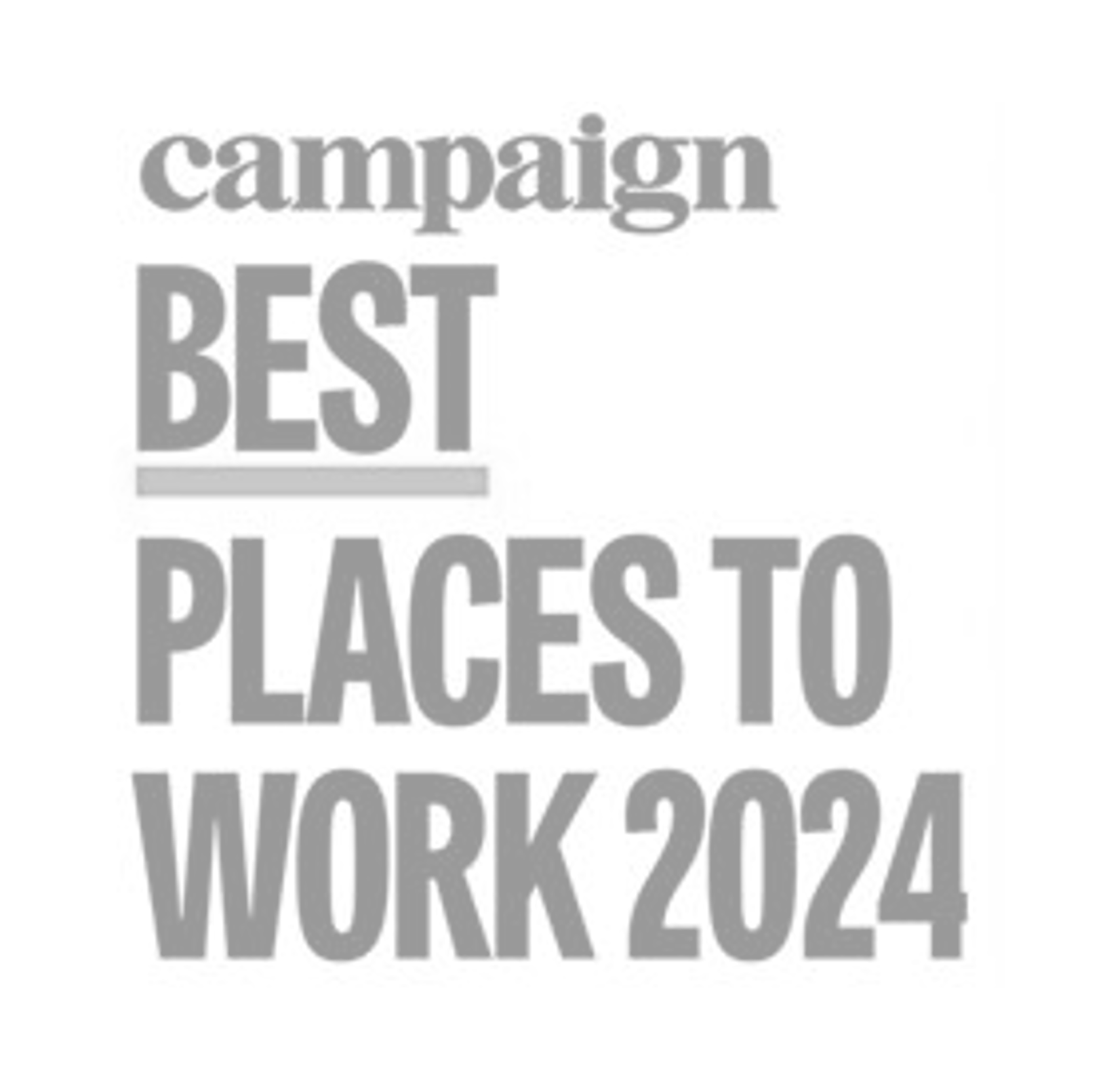Digital audio is on quite a tear when it comes to advertising – spend across the sector is up by 12% over the past year, according to the IAB’s Digital Adspend 2023 report.
That growth has come primarily from the very healthy podcasting sector – “surging” is how the IAB put it. Spend on podcast ads grew 23% year-on-year, and it’s gone from making up a third of total digital audio to almost 50% in the last three years.
Which begs the question, what’s happened to the rest of the sector?
Commercial radio listenership is going up, digital and streaming listenership is going up, but streaming adspend? That’s flat as a pancake.
AMA commercial director Richard Williams explains why it’s time for brands to dial up and plug in.
Plug into the benefits of audio
Addressable audio ads are the next frontier in building brand performance, meaning there’s never been a better time to get audio on the media plan. But – for some reason – brands simply aren’t taking full advantage of the power of digital audio advertising.
Let’s look at the facts. Second only to TV, radio produces an ROI of £7.70 for every pound spent. And that pound is safer in audio than almost everywhere else, given the very low levels of ad fraud compared to other digital channels.
Commercial radio added an additional one million weekly listeners in the UK in Q4 2023, according to Rajar. More than a quarter of all audio is online listening (26%, Rajar 2024) and in the US, digital audio makes up a fifth of all time spent on digital media.
So radio has the broadest reach, but digital radio can segment and personalise audio ads to create a truly refined experience.
Well-placed audio ads are 36% more memorable than video ads. Marketers aren’t the sort of people to let a golden opportunity pass them by, so it’s clearly time to plug into the benefits of audio.
Audio is a uniquely personal channel, literally piped directly into your ears. It makes sense that ads can do the same. We have various pieces of research that show audio is highly effective at personalisation and personalised ads are better at converting sales, driving footfall – or whatever else the campaign objective might be.
Dynamic creative combines any source of contextual and audience data to serve thousands of iterations of an audio ad, personalised to each listener.
Personalisation you can take to the bank
Take localisation, for example. Using audience level data can be a really powerful tool for industries like retail, to drive people to the nearest brick and mortar store, for example.
Starbucks can use its first party data to send different messages to each listener, depending whether you’re a Starbucks member or not. Simply by using the email linked to the customer’s streaming account, and their loyalty scheme – those two pieces of data are the key to unlocking great personalised audio opportunities.
Chase Bank used dynamic creative to reach customers in the most relevant way possible. It recorded 120 location variants, 14 spending moments, a range of time of day callouts and dynamic CTAs, depending on device. That’s personalisation you can take to the bank.
With the ability to create dynamic ads, digital audio is a golden opportunity for brands to get closer to their target audience while still making the most of a broadcast medium.
But they must use it wisely.
Change the tune
Consumers are bored of a barrage of the same old ads, repeated ad nauseum across every platform, every minute of every day. Even when it comes to personalisation, audio must be more than just the sonic equivalent of mail merge.
Brands must show some creativity in the way they target, in the messaging and the moment – and bring it together with ads across other channels to make the campaign really sing. Addressable audio works alongside the other channels which can be personalised, like social media, as well as the ones which can’t, like TV, to create a more immersive experience.
But ultimately, it’s all about using the listener’s context to identify in advance what the best ad will be in the best scenario.
An ad that notes it’s pollen season won’t engage as deeply as one that notes the pollen count in central Bristol is higher than average this Tuesday and expected to last well into the weekend – and wouldn’t antihistamines on offer in a nearby chemist be just the ticket?
This is no niche, local brand strategy. Megabrands from Walmart to Coke, Chase Bank and Samsung are all taking advantage of dynamic audio.
Radio works, but addressable digital radio works harder.












